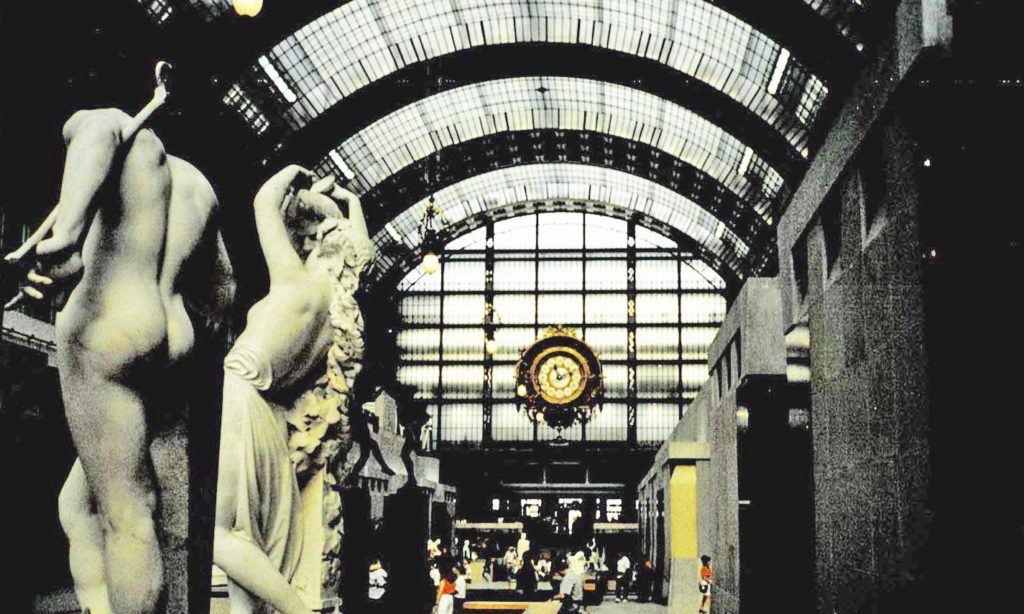
The Musée d’Orsay (Orsay Museum) on the Left Bank of the Seine River in Paris houses the world’s largest collection of impressionist and post-impressionist paintings, movements associated with French artists. But one of its most famous paintings is by an American artist.
By the 1970s, the Gare d’Orsay, a cavernous Beaux Arts railroad terminal built in connection with the 1900 Paris Exhibition, had become obsolete and was in danger of being razed, much to the chagrin of those who saw the terminal itself as a work of art. At the same time, the Louvre and other Paris museums were overwhelmed by the number of impressionist and post-impressionist paintings in their possession. In 1977, the French government, under the leadership of President Pres. Valéry Giscard d’Estaing, provided funds to convert Gare d’Orsay into Musée d’Orsay to hold works from the period between 1848 and 1914, a period roughly between the classical art of the Louvre and modern art of the Pompidou Center.
Today, the Musée d’Orsay holds 81 works of Auguste Renoir, 56 paintings of Paul Cézanne, 43 painting of Edgar Degas, 34 works of Edouard Manet and 24 paintings of Paul Gauguin, all French. But prominently displayed on the ground floor is the painting by American artist James Abbott McNeill Whistler formally titled “Arrangement in Grey and Black No.1,” but popularly known as “Whistler’s Mother” because his mother substituted as his model when the model he hired failed to appear. The painting was created in London in 1871 and was bought by the French government in 1891. The painting is the most famous painting by an American artist outside the United States and is a forerunner of post-impressionism.
The Musée d’Orsay annually attracts more than three million visitors, making it the third most popular museum in France and the tenth most popular in the world.